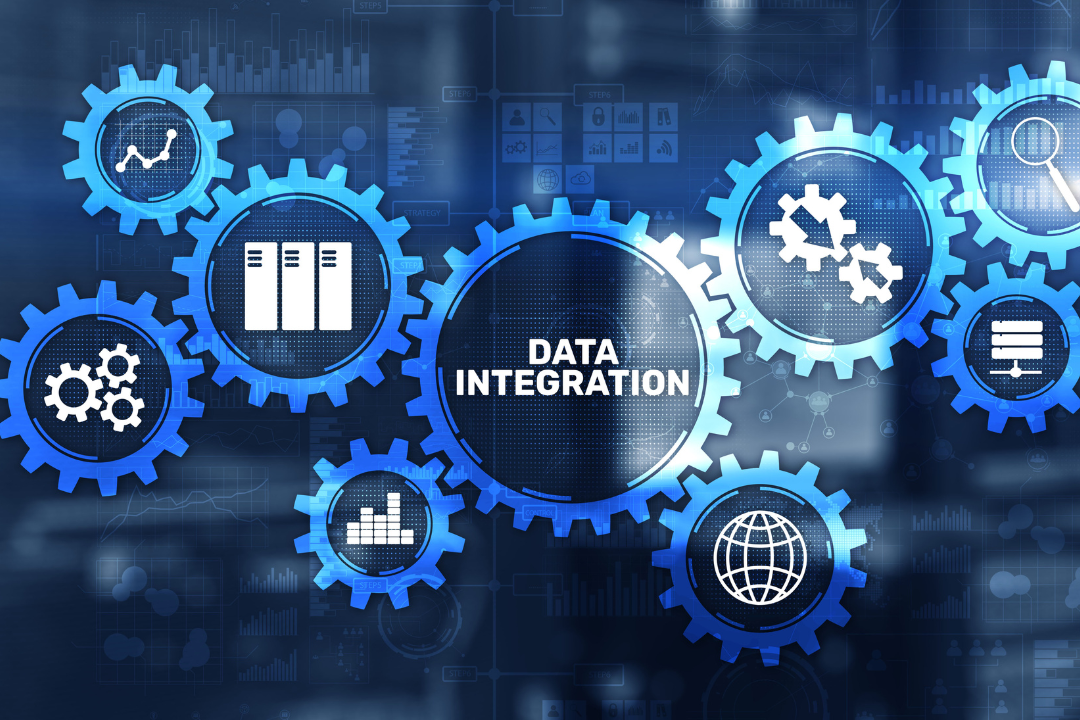8 Tips for Seamless Smartsheet Integration

Smartsheet can work wonders for data management, process automation, and reporting insights for businesses in any industry. But if you already have software systems you rely on for your daily business needs, integrating Smartsheet technology into that flow seamlessly might seem intimidating.
At CloudWave, our experienced Smartsheet consultants understand what it takes to pull off a painless integration that will improve your real-time data access and project workflows instead of leaving you with a headache as you try to juggle multiple software systems. Here are our top eight tips for a seamless Smartsheet integration.
How to Succeed with Smartsheet Integration
1. Start with a thorough discovery phase.
You know how the old saying goes: if you fail to plan, then you plan to fail. It definitely holds true when it comes to integration projects!
Ensuring that everyone involved understands core objectives for the outcome of the integration and details about how the two systems work separately and together will set your integration up for success. Spend dedicated time making sure both you and your Smartsheet consulting partners understand the existing business processes and the end goal. Start by answering these questions:
- What is the current state?
- What are the pain points that we need to fix in the new solution?
- What are the design and functionality requirements for the new solution?
2. Keep timeline and process expectations on the same page.
Once you’ve discussed the overall scope of the project, everyone can set expectations about the process and timeline. Make sure both parties are aware of how info will be communicated and when deadlines are coming up. As a baseline, everyone should agree to both the total projected turnaround time from build to go live, and an ongoing schedule for recurring meetings and demos. Take into consideration how much time is needed for feedback throughout the build.
3. Ensure there is leadership buy-in.
It is critical that the leadership team members who will either oversee the teams who use the solution or will use the solution themselves are involved in the conversations about design and integration process. This helps with adoption and long-term success, as the leadership team can encourage the continued use of the solution long after go-live. The leadership team is also often the team that will ultimately view and leverage reports from your Smartsheet dashboards. Plus, feedback from leadership provides the consultants building the Smartsheet environment with the big picture info they need to create the most helpful solutions for your business, so it is vital that their vision is understood and reflected in the end product.
4. Identify a Smartsheet power user.
Choosing a point person who will master Smartsheet and maintain the system after launch can help the rest of the team adopt the system more successfully. Identify your Smartsheet power user: who on your team will be your solution admin?
5. Provide feedback as you go.
Part of the reason for setting a timeline with built-in meetings and demos as checkpoints throughout the integration process is for your Smartsheet consulting partners to collect your feedback. Ask questions or request changes as you go: use designated meeting times to raise any concerns you have.
6. Participate in user acceptance testing.
Make sure the core user group for the system participates in the user acceptance testing (UAT) phase of the integration. This is a final opportunity to make changes that will improve internal processes, and it solidifies the team’s understanding of the new Smartsheet system. The employees who work the most closely to the data and processes that will be integrated with Smartsheet are the most qualified to speak on their existing procedures and pain points.
7. Roll out your Smartsheet solution with training.
Invest time in properly training system users and especially admins so that your team can fully adopt the new solution while it is still fresh in everyone’s minds. This will also ensure that current employees can train new team members as your business continues to grow.
8. Work with an experienced Smartsheet integration team.
While there are thousands of cloud-based technology experts, not all of them are experts specifically in Smartsheet who will understand all of the best practices involved in setting up your system for long-term success. Our CloudWave team has hands-on experience integrating Smartsheet with dozens of different software platforms, including Salesforce, MuleSoft, Google, Azure, Jira, HubSpot, ServiceNow, FedEx, and many more. Even if you are using a software platform without a typical out-of-box integration process, we can customize the environment to flow seamlessly between systems.
Why CloudWave for Smartsheet Integration?
If you’re considering Smartsheet integration, look for a Smartsheet Platinum Partner like CloudWave who understands the technology best practices and prioritizes your unique business needs.
Through Smartsheet integration, we deliver cross-platform functionality that helps you bring your system together for an end-to-end solution within Smartsheet. Using automation, we reduce tedious manual processes to save time and improve productivity.
CloudWave also provides Smartsheet support throughout the entire integration lifecycle - defining scope, architecture, design, development and deployment. As your data environment constantly changes, we offer continued support beyond the integration in an ever-shifting digital landscape.